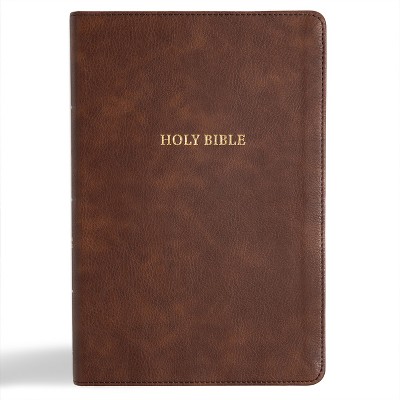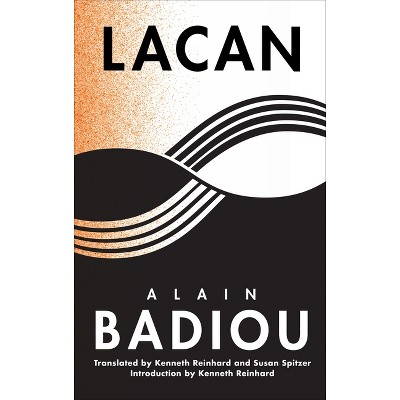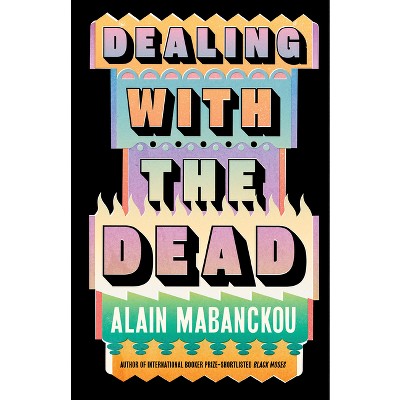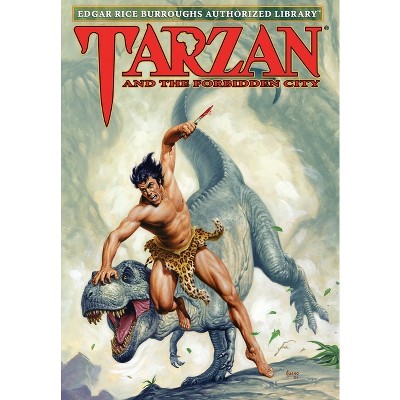Sponsored

The Forbidden Image - by Alain Besançon (Paperback)
In Stock
Sponsored
About this item
Highlights
- Philosophers and theologians have long engaged in intense debate and introspection over the representation of the deity, its possibilities and its proscriptions.
- About the Author: Alain Besançon is the director of studies at L'École des Hautes Études en Sciences Sociales.
- 448 Pages
- Religion + Beliefs, Comparative Religion
Description
Book Synopsis
Philosophers and theologians have long engaged in intense debate and introspection over the representation of the deity, its possibilities and its proscriptions. The Forbidden Image traces the dual strains of "iconophilia" and iconoclasm, the privileging and prohibition of religious images, over a span of two and a half millennia in the West.
Alain Besançon's work begins with a comprehensive examination of the status of the image in Greek, Judaic, Islamic, and Christian thought. The author then addresses arguments regarding the moral authority of the image in European Christianity from the medieval through the early modern periods. Besançon completes The Forbidden Image with an examination of how iconophilia and iconoclasm have been debated in the modern period.
"Even the reader who has heard something of the Byzantine quarrels about images and their theological background will be surprised by a learned and convincing interpretation of the works of Mondrian, Kandinsky, and Malevich in terms of religiously inspired iconoclasm. . . . This is an immensely rich and powerful masterpiece."--Leszek Kolakowski, Times Literary Supplement
From the Back Cover
How did the representation of the divine come to be an issue of philosophical import? Why was the biblical proscription of "graven images" interpreted differently by Jews, Muslims, and Christians? How have modern thinkers and artists addressed notions of the sacred in the realm of art? The Forbidden Image traces the dual strains of "iconophilia" and iconoclasm, the privileging and prohibition of religious images, over a span of two and half millennia in the West. Philosophers and theologians have long engaged in intense debate and introspection over the representation of the deity, its possibilities and its proscriptions. Alain Besançon's work begins with a comprehensive examination of the status of the image in Greek, Judaic, Islamic, and Christian thought. The author then addresses arguments regarding the moral authority of the image in both Eastern and Western European Christianity from the medieval through the early modern periods, and analyzes the Roman Catholic Church's rhetorical use of images to educate and stir viewers to piety. Besançon completes The Forbidden Image with an examination of how iconophilia and iconoclasm have been debated in the modern period by thinkers as diverse as Calvin, Pascal, Kant, and Hegel, concluding the volume with a discussion of how these theological and intellectual currents have transformed European painting. Now available in English translation, The Forbidden Image is an in-depth study of a topic of long-standing philosophical, religious, and artistic significance. This highly acclaimed work will reach a new audience of readers in the fields of intellectual and art history, religion, and philosophy.About the Author
Alain Besançon is the director of studies at L'École des Hautes Études en Sciences Sociales. A specialist in Russian politics and intellectual history, he has written a number of books, including Anatomie d'un spectre and Les origines intellectuelles du léninisme.
Shipping details
Return details
Frequently bought together


Trending Non-Fiction















